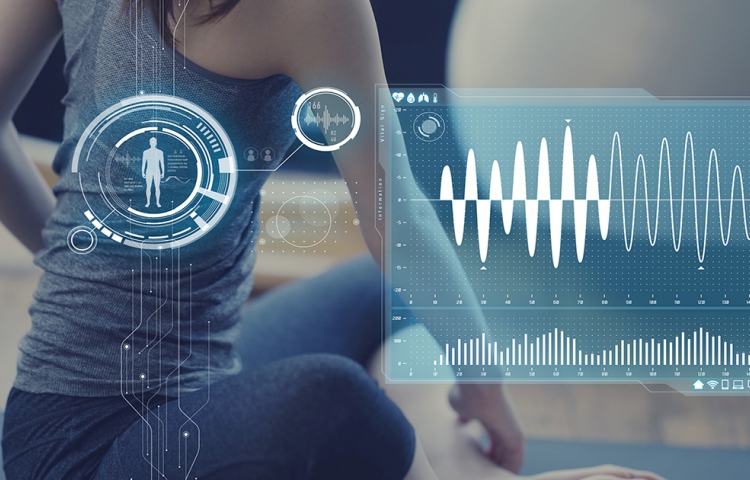
Fundamentals of RPM: Collecting personal health data for clinical decisions and Advice for Product Managers
By Thom Erickson, Director of Technical Standards, Personal Connected Health Alliance
Taking temperature and tracking blood oxygen levels helps individuals with COVID-19 monitor their condition at home or in isolation at the clinic to guide decision-making for patients, families and clinicians. Early detection of a serious drop in blood oxygen can make the difference between recovery or death for someone battling the novel coronavirus. Follow up after discharge is critical to ensuring continued patient recovery. Open solutions are available today to manufactures all around the world to quickly enable the deployment of billions of devices that all communicate seamlessly with healthcare systems.
A pulse oximeter provides a noninvasive estimate of functional oxygen of arterial haemoglobin (SpO2) from a light signal interacting with tissue. Thus, a pulse oximeter can provide early warning of disease progression associated with COVID-19 triggering the early intervention key to recovery.
A team of experts from around the globe has worked together for over 15 years to develop the IEEE 11073 Personal Health Device family of standards to specifically address the interoperability of personal health devices (e.g. thermometer, blood oxygen monitor) with an emphasis on personal use. This family of standards ensures that the user of the data knows exactly what was measured where and how, and that this critical information is not lost as it is communicated from the sensor to the electronic health record system.
Unlike any other standard, a typical 11073 observation message captures a variety of measurement techniques, common device attributes, device specific attributes, and device events all critical to supporting clinical decisions. By way of example, a message from a pulse oximeter communicates the acquisition mode, collected data (e.g. percentage of arterial haemoglobin oxygen saturation, pulse rate), derived data (e.g. limit indications, pulseatile status), up to 18 common device attributes (e.g. model, manufacturer), 25 or more device specific attributes (e.g. measurement units, status, time) and 7 events (e.g. configuration, update). See IEEE 11073-10404 Device Specialization – Pulse Oximeter for more detail.
The IEEE 11073 features a generic observation receiver. Gateway developers (computer and mobile app developers) won't need to update their product coding as new measurement types become available, or in order to work with measurements sent from another vendor's standards compliant device. The receiver on the gateway just works.
Communicating such an exhaustive set of attributes may not be necessary or practical in all healthcare monitoring applications. Work carried out in the Bluetooth SIG ensures that Bluetooth low energy technology healthcare profiles include an optimum set of attributes (characteristics) that are compatible with the IEEE 11073 specifications. IEEE 11073 compatible profiles include blood pressure monitor, thermometer, heart-rate sensor, glucose meter, weight scale, continuous glucose monitor, and pulse oximeter. This collection of sensors supports remote monitoring of vitals that factor into the top 5 chronic diseases that consume 80% of healthcare spending. Products are available today.
The Personal Connected Health Alliance has available today a home to provider solution that allows any sensor to connect to any gateway and any clinical health record system to provide a holistic picture of their well-being without direct contact with their doctor until medical intervention is required for successful outcome.
Engage your engineering and product teams today to learn more about how you can quickly and easily provide remote patient monitoring products to meet the exploding demand for solutions that keep doctors safe and patients empowered.
Learn more about the Continua Design Guidelines, IHE profiles, commercial ready software and conformance assessment testing available today.
The next blog in this series provides more detail on transporting vitals observations directly from the device or via gateway (dedicated or smartphone app) to a health service provider.




